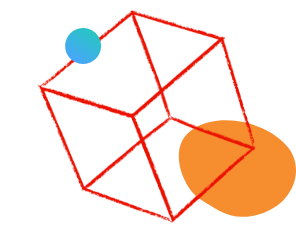This conversation has been locked due to inactivity. Please create a new post.



This conversation has been locked due to inactivity. Please create a new post.

Hi All,
I have a node called "entries" under the page. The "entries" node having some child nodes like entry1, entry2, entry3. The "entries" and child nodes "entry1" have been creating via code and I don't have any component for this. Now, I'm trying to access the "entries" node in a sling model but it's not working. Below is the screenshot of the node structure,
Below is the code,
@Model(adaptables = Resource.class, defaultInjectionStrategy = DefaultInjectionStrategy.OPTIONAL)
public class HistoryModel {
private static final Logger LOGGER = LoggerFactory.getLogger(HistoryModel.class);
@Self
private Resource currentResource;
/*@ChildResource(name = "entries")
private List<HistoryBean> entries;
*/
@ChildResource(name = "entries")
private Resource entries;
@ChildResource(name="entries",injectionStrategy= InjectionStrategy.OPTIONAL,via = "resource")
Resource child;
public Resource getEntries() {
return entries;
}
public Resource getChild() {
return child;
}
@PostConstruct
protected void postConstruct() {
//Nothing inside
LOGGER.debug("HistoryModel post construct Method().. calling..");
LOGGER.debug("HistoryModel entries.. calling..{}", entries);
LOGGER.debug("HistoryModel child.. calling..{}", child);
}
Tried with @childResource. In the log, I'm getting null. anything wrong in the code? Can anyone help?
@arunpatidar26 @smacdonald2008 @arunpatidar26 @Ratna_Kumar @kautuk_sahni @wimsymons @cqsapientu69896 @vanegi @Veena_Vikram @varuns7990 @Theo_Pendle
Thanks,
Vijay
Solved! Go to Solution.
Topics help categorize Community content and increase your ability to discover relevant content.
Views
Replies
Total Likes

Hi @vijays80591732 ,
If this is not a component and you want to access it in Sling Model, then you can make use of a java class to read its child values and return in Sling Model in this way:

Hi @vijays80591732 ,
If this is not a component and you want to access it in Sling Model, then you can make use of a java class to read its child values and return in Sling Model in this way:

try with
@ChildResource(injectionStrategy = InjectionStrategy.OPTIONAL)
Collection<Resource> entries
Hope this will help

Thanks Suraj for your inputs. I have created a component and calling that from template.html. Now, getting the current resource and fetching the child nodes.
Views
Replies
Total Likes
Views
Likes
Replies
Views
Likes
Replies
Views
Likes
Replies